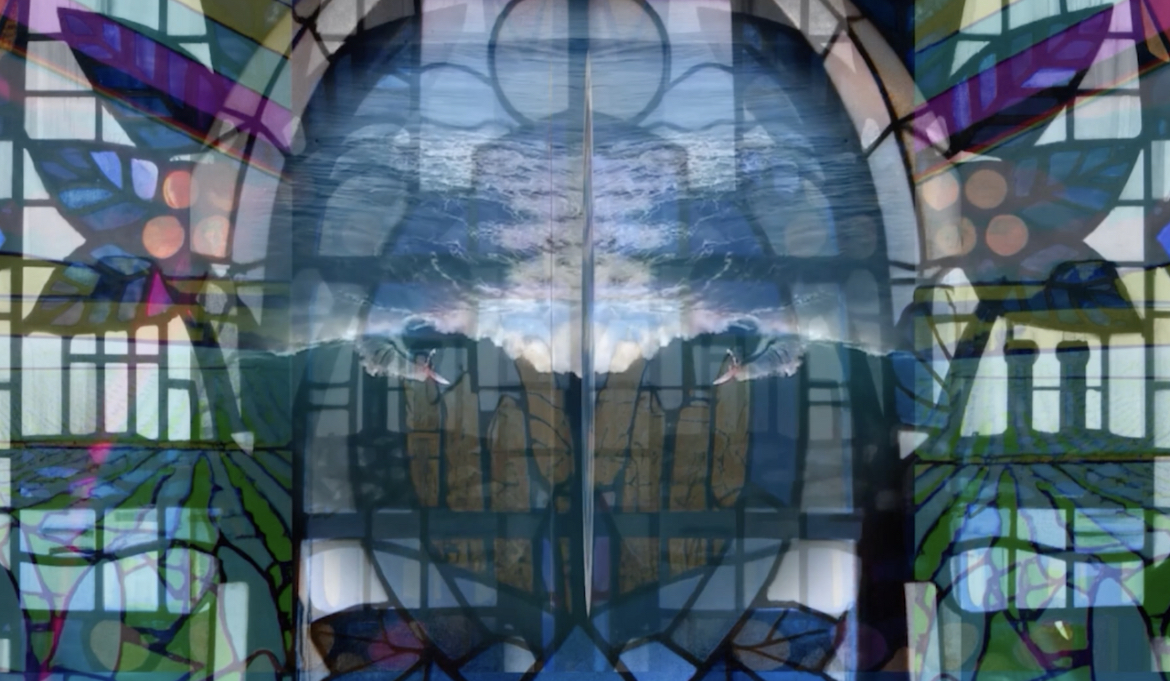Silence vs. Voice: Speak No Evil
Susanna Ruebsaat
Curated by: Phillip McCrum
The images presented in Silence vs Voice: Speak No Evil emerged from varied experiences of extreme and sudden limitations.
Silence vs Voice evolved from the experience of living and working as a single, white female in a small isolated native community. The adjustment was both physical and cultural. The social conditions brought about personal adaptations that shifted my perspective of self. As a caucasian teacher working with native students, a reversal of the minority concept took place.
I became the minority. Maintaining my identity as a professional and as an individual became a struggle. A lack of understanding of the social mores of the village separated and isolated those of us who taught there. A sense of unreality pervaded and self-retreat was one recourse. The limitations resulting from these dynamics became a silencing force. Silence became a form of protection. This equated also to a female in silence; the repressed silence often associated with a relationship in which a male partner has a dominant voice.
The figures in Silence vs Voice are one figure, engaged in an inner dialogue, compensating for the lack of external interaction. The self is cut off and isolated, limited in perception and expression.
Speak No Evil resulted directly from the experience of a sudden loss of vision. When vision is removed from someone who was previously fully sighted, it is as if the individual themself is removed from the act of perception. A barrier between the internal and external results, limiting correspondence between the two. Perception is altered. The manner is which one is perceived also changes.
These experiences and their images become metaphors for this process of limitation
– Susanna Ruebsaat




